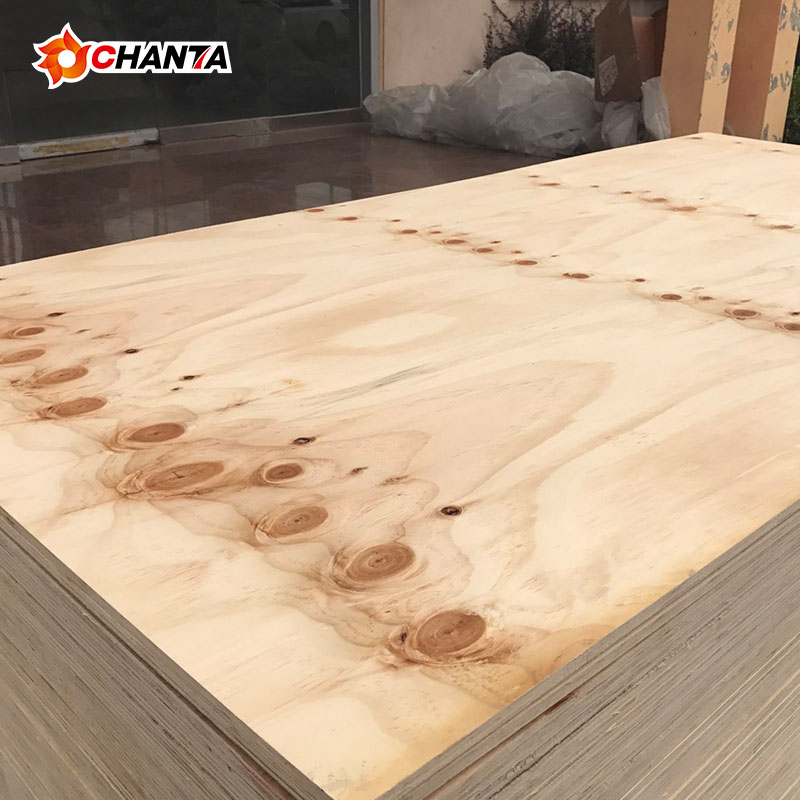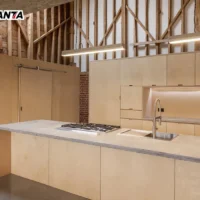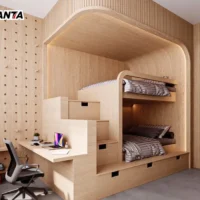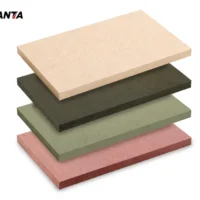Introduction to baltic birch plywood
Baltic Birch plywood has become a leading choice in furniture manufacturing. Known for its density and even grain, it offers a stable structure with excellent bending and compressive strength. This makes it ideal for projects requiring materials that can maintain integrity under heavy loads. By contrast, alternatives like pine plywood have lower density, often resulting in warping. Medium-density fiberboard (MDF) lacks comparable resistance to bending and pressure due to its compressed fiber structure.
Structural Stability baltic birch plywood
Baltic Birch plywood has a layered composition, where each veneer is carefully laminated. This construction provides outstanding structural integrity. Unlike other wood panels, birch plywood resists warping and swelling. As a result, it’s ideal for furniture in places with temperature or humidity changes. Furniture made with birch plywood retains its shape, making it a top choice for dependable, long-term stability in high-quality furniture.
Aesthetic Appeal and Surface Quality
One of the hallmarks of birch plywood is its smooth surface. It features a fine, even grain and a natural, light color that suits modern interiors. Baltic Birch plywood readily absorbs stains and finishes, which allows for customization across design styles. Pine plywood, in comparison, may have knots and uneven textures, while MDF has no natural grain and usually needs extra finishing. Birch plywood’s natural beauty makes it highly desirable for projects that emphasize aesthetic appeal.
Durability and Strength
Baltic Birch plywood is extremely durable. Its dense structure withstands shock and impact, which makes it ideal for high-traffic or high-use areas. Furniture made from birch plywood can endure frequent use and impact without easily sustaining damage. This durability is especially useful for commercial settings, where furniture endures substantial wear. Pine plywood, being softer, is more prone to dents, while MDF may chip or crack under stress. Birch plywood’s durability is unmatched, making it suitable for demanding applications.
Ease of Workability
In addition to strength, birch plywood offers excellent workability. It’s easy to cut, drill, and shape without risk of splitting or tearing. This versatility makes it popular for custom furniture and intricate designs. Its adaptability also extends to cabinetry, shelving, and some flooring types. MDF, on the other hand, often breaks during detailed cuts, and pine plywood lacks birch plywood’s robust structural integrity. Birch plywood is thus ideal for a wide range of projects that require precision.
Environmental Benefits
Environmental impact is a priority in material selection. Birch plywood is eco-friendly due to the rapid renewability of birch trees. When sourced responsibly, it’s produced with minimal environmental harm. High-quality birch plywood also typically meets low formaldehyde emission standards, making it a healthier choice indoors. In contrast, pine plywood and MDF may emit higher formaldehyde levels, potentially affecting air quality. Birch plywood meets environmental standards while offering both function and style.
Cost-Effectiveness and Value baltic birch plywood
Though birch plywood may cost more than pine or MDF, its durability and quality provide lasting value. It often requires fewer repairs, minimizing long-term costs. Pine plywood and MDF may save money upfront, but they may need replacement sooner due to wear or damage. Birch plywood provides an excellent balance of cost-effectiveness and quality, making it a valuable investment in the long run.
Conclusion baltic birch plywood
Birch plywood offers unmatched stability, strength, aesthetic appeal, and environmental benefits. Its versatility and durability make it ideal for furniture manufacturing and interior projects requiring high performance.






















